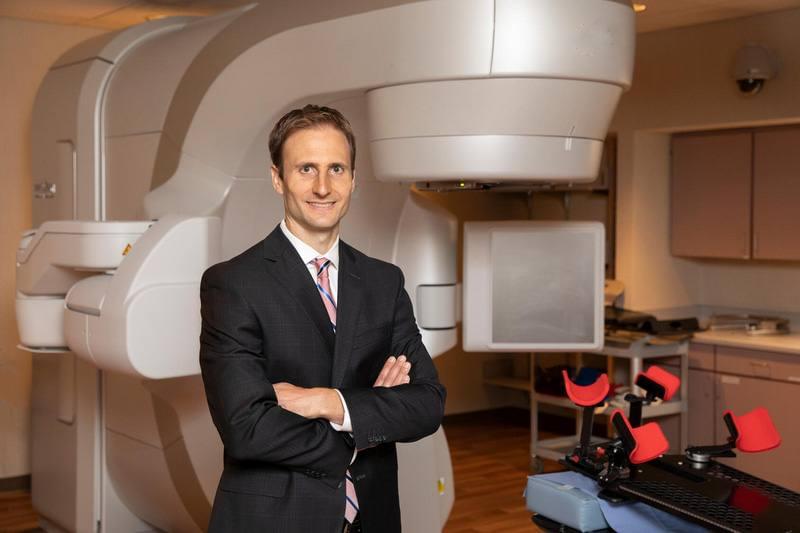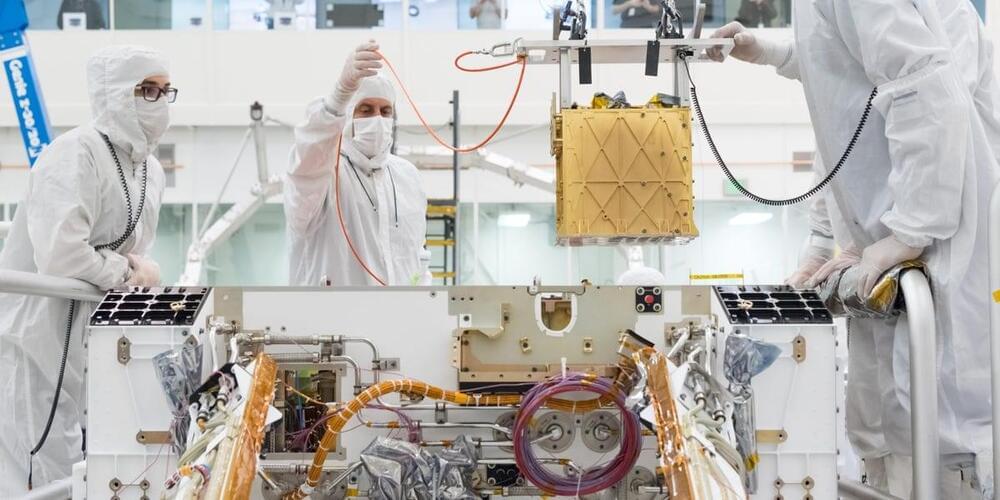What do you think? China is doing it. The West is going to have to keep up. Have you seen the Netflix series Altered Carbon? It’s like that.
A U.S. Army video shows its concept of the soldier of the future. At first glance, it looks like it will only be a better-equipped soldier.
But the video mentions “neural enhancement.” That can mean a brain implant that connects a human to computers. The defense agency DARPA has been working on an advanced implant that would essentially put the human brain “online.” There could also be eye and ear implants and other circuitry under the skin to make the optimal fighting machine.
Americans will have to decide whether this is ethical because some in our military clearly want it.
FULL REPORT: https://www1.cbn.com/cbnnews/national-security/2021/april/ne…-soldiers.







